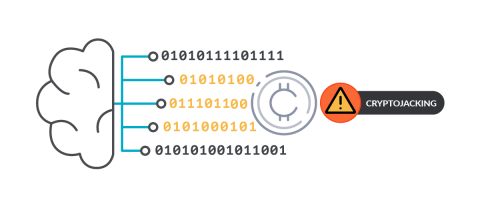Machine Learning in Security: NLP Based Risky SPL Detection with a Pre-trained Model
The Splunk Vulnerability Disclosure SVD-2022-0604 published the existence of an attack where the dashboards in certain Splunk Cloud Platform and Splunk Enterprise versions may let an attacker inject risky search commands into a form token.











